Table of Contents[Hide][Show]
With approximately 21,000 facilities and $18.3 billion in revenue (a record-setting milestone), the United States is the largest spa market in the world. Experts believe that the industry’s popularity due to the fact that people are overwhelmingly stressed, perpetually digitally connected, and having a difficult time balancing work and life. Not to mention, statistics suggest that 80 percent of the human population will live in a bustling urban environment void of nature by 2030.
Along with massage, facials are one of the most popular spa services consumers make an appointment for. Along with providing a multitude of benefits for the skin (more on that later), this treatment is an excellent way to relax and recharge your batteries.
While those are two convincing reasons to get yourself on a monthly regimen, the truth of the matter is, you may not always have time to visit the spa. Not to mention, it can be an expensive routine to maintain. While this may make facials feel more like a luxury than a necessity, the good news is that you can do a facial at home and still reap all of the benefits.
To help you out, we’ve put together a detailed list of everything you need to know about conducting a spa-like treatment on your own turf.
What is a facial?
Note a facial is not the same as simply removing your makeup at night. Rather, it’s a multi-step regimen that is meant to be performed regularly in an effort to maintain optimal skin health.
While there are several different types of facials, the ultimate goal is to cleanse, exfoliate, and replenish the skin, thus encouraging a clear, well-hydrated complexion that defies your age. A professional treatment would culminate with tips on how to take care of your skin on a daily basis because what you do on those in-between days is just as important.
Benefits of facials
Facials aren’t just about pampering and relaxation (Yes, you can make an at-home facial tranquil as well!). There are several benefits that make the extra effort worth your while. For example:
Smoother texture of the skin
An uneven complexion is the result of a buildup of dead skin cells. Pollution, dirt, and sun exposure can also play a role as these free radicals can cause the skin to appear/feel rough or dry
Proper hydration
Dry and/or dehydrated skin can be caused by overwashing, cold weather, skin conditions such as atopic dermatitis, exposure to caustic chemicals, dry air, or an unbalanced skin pH.
Fewer breakouts
Be it hormones, medication, a hereditary condition, or lack of hygiene, facials can keep breakouts at bay.
Glowing complexion
A surplus of dead skin cells, too much sun exposure, and dehydration can contribute to a lackluster complexion.
Firmer Skin
While chronological age causes a loss of elasticity, other factors include alcohol use, smoking, and sun exposure.
Increased blood circulation on the skin
Lack of proper blood flow can make one’s complexion appear tired and lifeless.
Factors to consider before performing a facial at home
Since you won’t have an esthetician to consult with (and you’re not in a true spa environment), here are a few precautions and tips to consider before giving yourself a facial.
Keep your skin type in mind
Whether your skin is dry, acne-prone, oily, or combination, you should already be using the correct products for your skin type, so the same rule applies when gathering supplies for your facial, too. If you ever have any doubt about what type of skin you have, make an appointment with an esthetician.
Our skin changes over the years for a variety of factors (hormones, stress, age, illness, diet, etc.), so the products you used five years ago may not apply today.
Don’t skip any steps
Part of the pleasure of getting a facial is that it’s a more luxurious experience than your regular day-to-day routine, so don’t skip steps or skimp on using the appropriate amount of product.
A step such as exfoliating, for example, is key for cleaning the pores, renewing the look of beautiful skin, and making it possible for all of your other products to fully absorb and do their job.
Conduct a patch test
To make the at-home facial experience feel more special, you may want to consider trying some new products. Just remember to always do a patch test before applying any new product all over your skin—even a natural one as you never know if you have an allergy.
Use a massage technique
Whether you’re cleansing or applying moisturizer, take the time to massage the product into your skin for a few minutes, just like a pro would do in the treatment room. This increases circulation and stimulates the lymphatic system, which in turn imparts a glowing complexion.
Steaming is not for everyone
While the steaming component of a facial is great for opening the pores before or during the masking step, it’s not always a good idea. Steam should be avoided if you have acne because it can aggravate the condition while increasing blood circulation in an adverse way. It should absolutely be avoided at all costs if you have rosacea or a fungal infection for the same reasons.
Clean your sheets
You don’t want to go through all the effort of giving yourself a facial only to go to sleep in bacteria-laden sheets. Make sure you toss on a clean set—especially the pillowcase—before snoozing.
In case you need more convincing, keep in mind that each night your body sheds approximately 15 million skin cells. The more cells, the more “food” for thousands of dust mites. Dirty sheets can also harbor fungi and quite possibly more bacteria than your toilet seat depending on how dirty they are.
Never perform your own extractions
While this is a DIY facial, the only part you’re going to leave to a pro is the extraction step. Licensed estheticians know the proper method of extracting the pores—they also have the right tools such as an adjustable magnifying glass and lamp to do it.
If done improperly, you run the risk of scarring. There’s also the possibility that there will be idle sebum left that will enlarge pores and clog them even further.
What products do you need to do a facial at home?
The best products for an at-home facial are those that are natural and void of dangerous ingredients and fillers.
- Oil cleanser (for removing makeup) comprised of nourishing oils such as jojoba oil, coconut oil, avocado oil, argan oil, etc.
- Gentle exfoliating cleanser to serve as the second cleanse—a typical step in any facial. Note that the exfoliating element could also enzymatic to dissolve the skin versus sloughing it. Look for a natural formula made with fruit enzymes.
- Facial scrub to deeply cleanse and increase circulation.
- Alcohol-free toner for bringing the skin back to a balanced state after cleansing.
- Masks for face, lips, and eyes—a step we don’t often take time to do but can provide extra nourishment to these areas. Masks have the power to remove impurities, minimize the appearance of large pores, replenish moisture, bring radiance to your look, reduce the look of dullness, even the look of your skin tone, clarify and balance your skin, and more. They are a key step to any facial.
- Serums for providing additional nutrients to the skin in a concentrated form.
- Moisturizer to seal in the serum, provide hydration, and finalize the treatment.
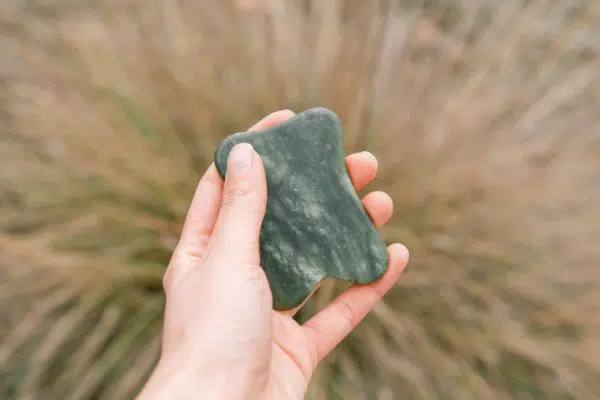
Enhancements to make the experience more spa-like:
- Jade or rose quartz roller
- Gua sha tool
- Essential Oils for steaming
- Candles
- Cucumbers
- Relaxing Playlist
- Robe/Relaxed Clothing
- Headband/Hair Clip
Step-by-step guide on how to do a facial at home
- Pull your hair back from your face so that you don’t get any product in your tresses.
- Remove all makeup with an oil cleanser using the aforementioned massaging movements—around 1-2 minutes.
- Wash face with a gentle exfoliating cleanser for 1-2 minutes. Warm water is best as extremely cold or hot can cause the blood vessels to vasodilate, which can cause them to rupture.
- Using a gentle circular motion, work a facial scrub into your skin to remove dead cells. This is an easy DIY product that can save you some cash while being all-natural at the same time. Here’s a recipe to get you started.
-
- Brew a mug of loose-leaf extra-strength green tea in a tea ball or strainer—it’s more effective than a bag. Green tea is known for its ability to reduce the appearance of fine lines, blemishes and some scar tissue.
- Pour two tablespoons of green tea into a small bowl; let it cool.
- Add a tablespoon of sugar to the tea. Continue to add more until you develop a gritty mixture that’s easy to apply.
- For hydration and antibacterial benefits, add a generous tablespoon of honey; mix well.
- Store any leftover scrub in a sealed container in a cool, dry place for up to two weeks.
- Rinse face and pat dry.
- Give yourself a steam treatment to open up your pores and prepare your skin for the mask. Don’t worry if you don’t own an electric, table-top steamer. Simply bring a small pot of water to a roiling boil—approximately three cups is sufficient. Drop-in herbs and/or essential oils for added benefits (chamomile/rose for fine lines and under-eye puffiness, calendula/dandelion root to remove impurities and eliminate dullness, clove/rosemary to soften and purify, bay leaves/ lavender to reduce redness and purify the pores).Remove the pot from the stove and place it on a heat-safe surface—ideally, a place where you can sit. Drape a towel over your head and place your face directly above the steam—just be careful you’re not too close; you don’t want to burn yourself. Take several deep breaths and use this moment as a time to relax and clear your mind.Stay here as long as you like, but once the pot stops steaming, you can move on.
- Apply a facial mask. There are so many different types of face mask formulas and deliver systems out there that it can be difficult to choose which one is best for you. The bottom line is that you’re going to want to choose one for your skin type, so if your skin is parched, an oil-sucking clay isn’t for you.Do your research and don’t just reach for the latest fad product as it could have adverse results. If you’re not up for the hunt, you can always make your own mask
- Rinse face again and pat dry.
- Apply an alcohol-free toner to remove excess product and to bring the skin back to a balanced pH.
- Apply a serum comprised of natural ingredients such as essential oils, nourishing oils, botanical extracts, and aloe. Remember, since serums are concentrated, you don’t need as much as your moisturizer—but you do need enough to cover your face, neck, and décolleté
- Finish with a moisturizer and a face massage using a tool such as a jade or rose quartz roller, or a light touch of your fingers if that’s more comfortable for you.
- Make sure to wait for a few hours before applying makeup and remember to only sleep on newly laundered sheets and pillowcases.
How often do you need to do a facial?
Ideally, you should receive a facial at least once a month. While the epidermis regenerates approximately every 28 days, as we age, that number goes up to anywhere from 40-56 days, so you can see why regularity is a need.
Skin cells are trainable providing you’re willing to put in the effort. On the flip side, you don’t want to overdo it. Too many facials can aggravate an acneic and/or sensitive complexion, thus creating adverse results.
The takeaway
Facials are a crucial part of one’s skin care routine regardless of the type of skin they possess. They help improve/maintain the health of the skin’s texture, tone, and elasticity by combating the effects that come with free radicals (sun, smoking, pollution), chronological age, heredity, and hormones.
Once a month is not too much to ask, so don’t skip any of the steps, to include double cleansing, exfoliation, mask, serum, and moisturizer to fully replenish the skin. Regularity is the golden ticket to perpetually beautiful skin.
Daily maintenance
When it comes to daily maintenance, always remember to incorporate a broad-spectrum sunscreen into your skin care regimen. Research indicates that exposure to UV radiation is the top cause of extrinsic skin aging—which literally accounts for approximately 80 percent of facial aging in general. Of course, what you put into your body is what you get, so don’t ignore the power of a well-balanced diet, adequate hydration (approximately two liters per day), and regular exercise in an effort to get a glowing complexion from the inside out.
Use quality products
Lastly, don’t cheat yourself on a good home care beauty routine. Take the guesswork out of what you’re putting on your skin by making a small investment into natural and certified organic products like ours from Annmarie. No matter what type of skin you have, we have solutions for you.
Sources:
“Spa Industry Reaches Record-Setting $18.3 Billion Revenue Mark,” American Spa, August 12, 2019, https://www.americanspa.com/news/spa-industry-reaches-record-setting-183-billion-revenue-mark
“The Growth of the Global Spa Industry,” MarketResearch.com, June 28, 2017,
https://blog.marketresearch.com/the-growth-of-the-global-spa-industry
“Morphometric skin characteristics dependent on chronological and biological age: the Leiden Longevity Study,” US National Library of Medicine National Institutes of Health, September 10, 2011, https://www.ncbi.nlm.nih.gov/pmc/articles/PMC3528376/
“Your Pillowcase Has More Bacteria Than Your Toilet If You Don’t Wash Your Sheets Often,” Business Insider,
https://www.businessinsider.com/bed-how-often-should-wash-sheets-dust-mites-fungi-bacteria-2019-5?IR=T
“Making an Epidermis,” US National Library of Medicine National Institutes of Health,
https://www.ncbi.nlm.nih.gov/pmc/articles/PMC2861991/
“Fighting Against Skin Aging,” US National Library of Medicine National Institutes of Health, May 27, 2018
https://www.ncbi.nlm.nih.gov/pmc/articles/PMC6047276/
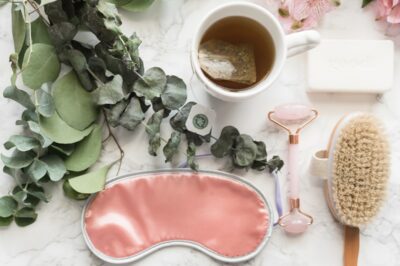

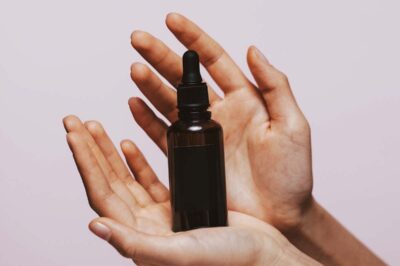
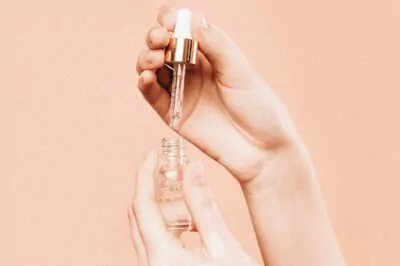
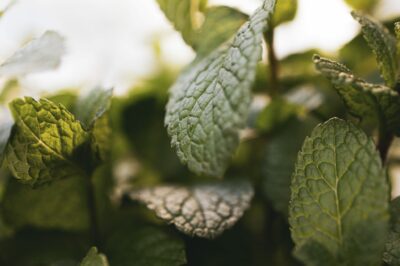

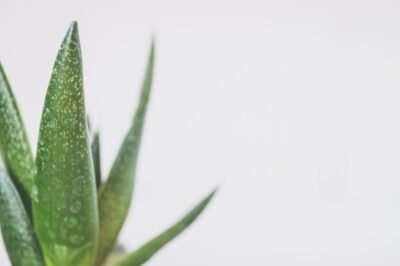

Leave a Reply